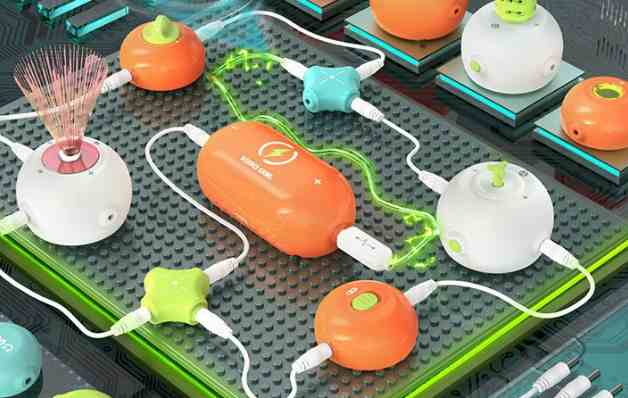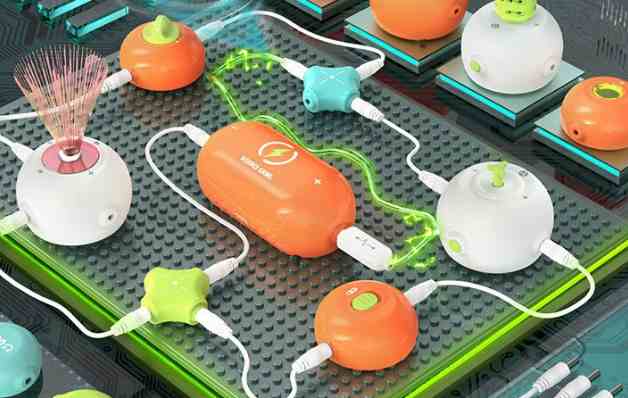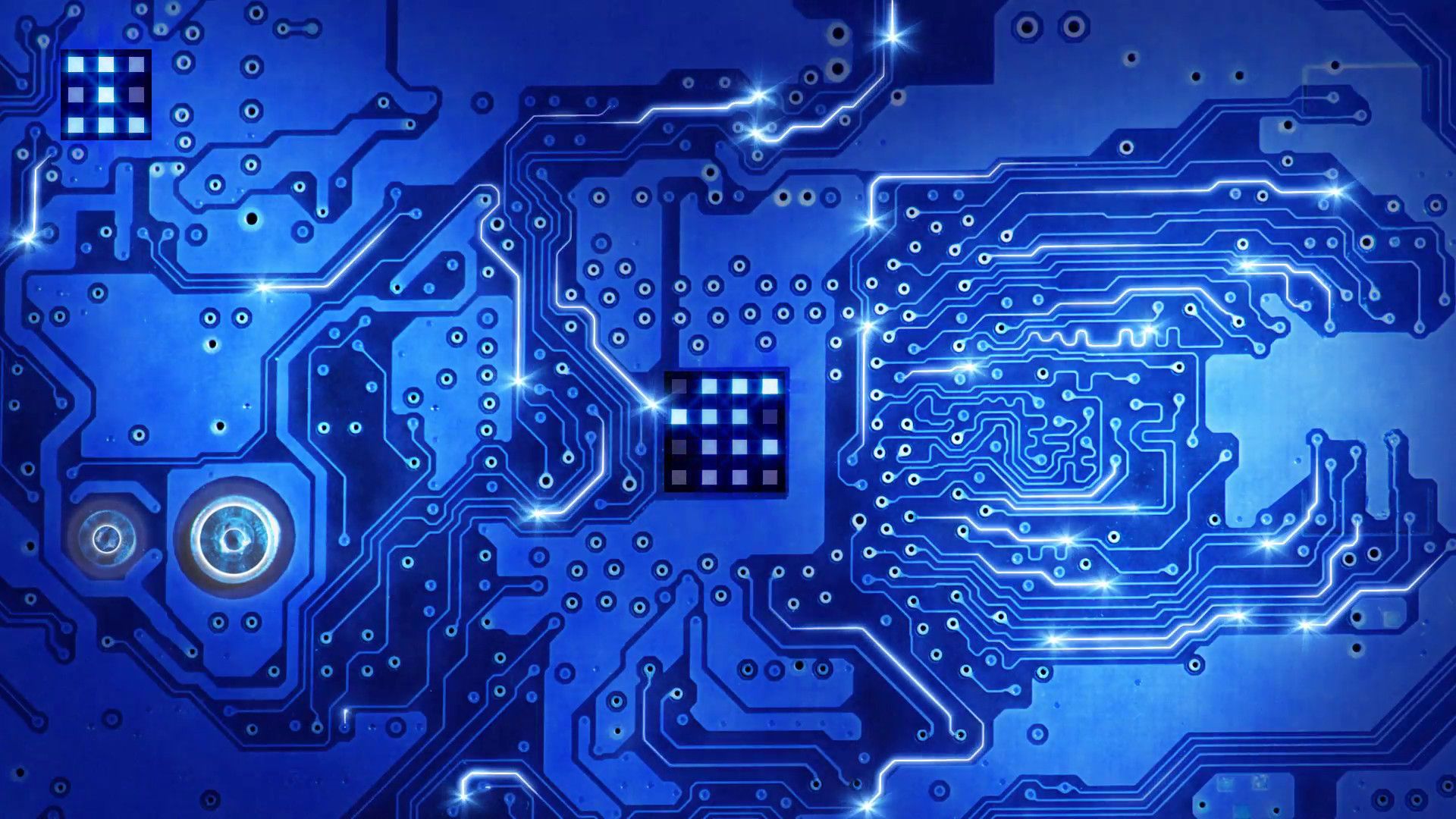
One-win: Smart drive transfers processor tasks
Solutions based on the ADP5520 Smart backlit driver offer significant savings from LED drivers that can operate under the control of a microcontroller configuration or automatically manage display lighting. The ADP5520 consists of an asynchronous boost converter, a programmable ambient light management circuit, a state machine, and a configurable port extender that can further save system resources.

The boost converter can power up to six white leds in series, with series voltages up to 24.5V and drive currents up to 30mA. The ambient light measurement section is divided into ambient light sensors to provide all signal conditioning functions, and together with the on-chip state machine and boost converter to achieve a total of 128 current levels from 0 to 30mA.
Thanks to a processor that only performs light control services that match the control curve, the ADP5520 extended the time per charge by 15 percent in tests that simulated the usage of various mobile phones. Adding environmental light detection function to ADP5520 control method can make the standby time of each charge more than 50% of the benchmark measurement value. These curves simulate mobile interactive applications that do not require RF functionality, such as games, text and email message reading and writing, or camera applications.
PCB designers want their products to transition smoothly between light levels, not just switch. Processor-controlled lighting schemes require a lot of processor interaction for a smooth transition, thus significantly increasing the load on the processor compared to simple switching controls. Smart LED drivers, such as the ADP5520, can achieve a variety of tapering and tapering current variations, including linear, square, and cubic laws, thus further reducing the processor load (Figure 2). This configurable drive has 15 discrete and independent tapering and tapering times ranging from 300ms to 5.5s. There is a reset dimming timer on the chip, which can be programmed for one of 15 time intervals from 10s to 120s.
Win two: Smart drives provide additional low-bandwidth functionality
In addition to energy savings, this smart drive can provide more value by implementing other low-bandwidth peripheral functions. For example, the ADP5520 integrates a configurable port extender that provides eight I/O pins.
Two I/O pins can also be connected to a third dedicated pin as a separate current sink pin for LED indicators with programmable dimming, switching, and flicker controls. The remaining pins are programmable for keyboard or usually I/O.
These auxiliary LED drivers can consume 0 to 14mA of current and can be dimmed or lightened by 64 steps. As with the main backlight current consumption, the indicator attached to the secondary driver pin can be switched on or off state, or light adjustment can be achieved through a linear or non-linear sequence.
Win-win-win: Smart drive can reduce the number of PCB wiring
To flow configuration data from the processor to the smart drive and status, I/O, or keystroke data back to the processor, the ADP5520 implements an I2C interface. This setup reduces the number of devices and wiring between peripherals and controllers, thus simplifying PCB design in high-density portable electronic devices.
The savings are even greater when the monitor, indicator, and keyboard are separated from the processor using a hinge or slider mechanism. In this case, a smart LED driver with an on-chip port extender can reduce the size and cost of flexible circuits connected to the other half of the product.









